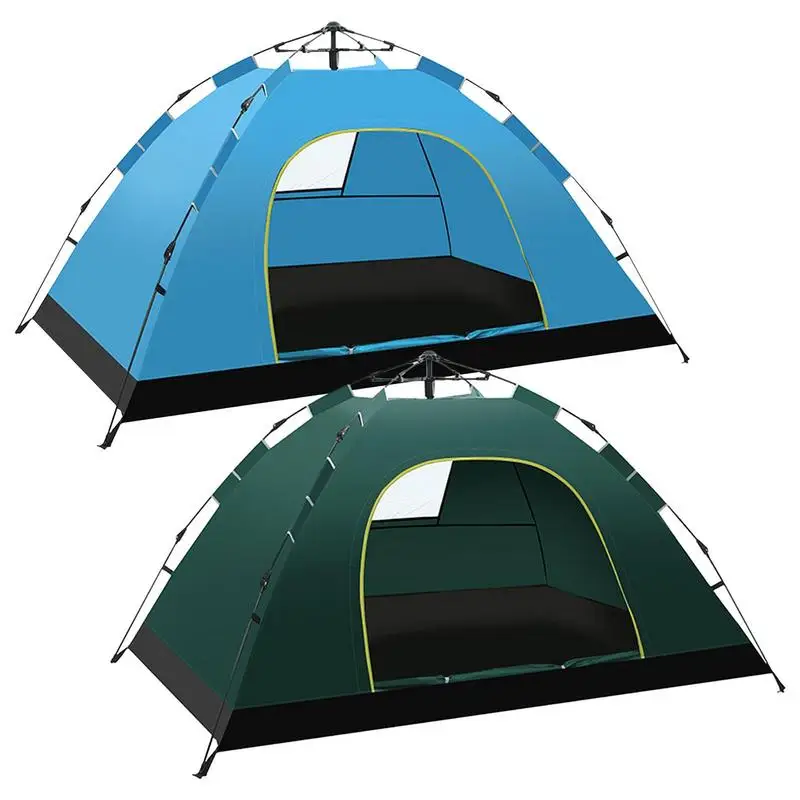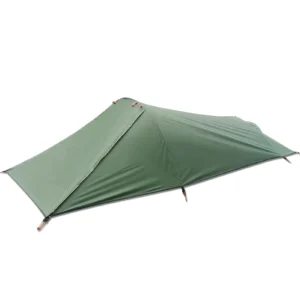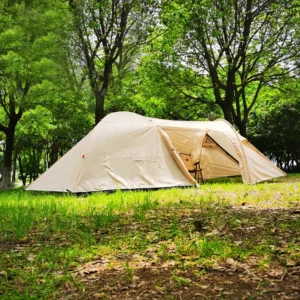Why Waterproof Gear is Critical for Backpacking Success
When you’re miles from shelter on a backcountry trail, proper waterproofing isn’t a luxury—it’s essential for your safety and comfort. Getting wet during a backpacking trip isn’t just uncomfortable; it can quickly become dangerous, especially in changing weather conditions.
Water dramatically reduces the insulating properties of most fabrics. For example, wet clothing can increase heat loss by up to 25 times compared to dry clothing, creating a perfect recipe for hypothermia even in relatively mild temperatures. This is why comprehensive waterproof gear knowledge becomes crucial for any serious backpacker.
The risks of inadequate protection extend beyond comfort:
- Hypothermia remains one of the leading wilderness emergencies, even in temperatures above freezing
- Prolonged exposure to moisture can lead to trench foot, even in modern hiking boots
- Wet gear adds significant weight to your pack, increasing fatigue and injury risk
- Moisture can damage expensive electronics and compromise emergency communication devices
Beyond safety concerns, the benefits of waterproofing outdoor gear include extending your hiking season and expanding your trail options, allowing you to confidently tackle adventures regardless of forecasts.
Understanding Waterproofing Technologies for Backpackers
Before diving into specific gear recommendations, it’s important to understand the fundamental waterproof ratings for backpacking gear and how they affect performance:
Key Terms Defined:
– Waterproof: Prevents water penetration even under pressure or during prolonged exposure
– Water-resistant: Withstands light moisture but will eventually soak through
– Water-repellent: Causes water to bead up and roll off but offers minimal protection in heavy rain
Common Waterproofing Technologies:
– DWR (Durable Water Repellent): A coating that makes water bead up on fabric surface
– Waterproof membranes: Internal layers like Gore-Tex, eVent, or proprietary alternatives
– Coated fabrics: Materials treated with polyurethane (PU) or silicone
Understanding Hydrostatic Head Ratings:
– 1,500mm: Resists light rain for brief periods
– 5,000mm: Handles moderate rainfall
– 10,000-15,000mm: Withstands heavy, sustained precipitation
– 20,000mm+: Provides protection in extreme conditions (heavy downpours, sitting in puddles)
The materials used in waterproof hiking gear represent a constant trade-off between waterproofness and breathability. The more waterproof a fabric is, typically the less it allows moisture vapor from perspiration to escape, potentially leaving you wet from the inside out.
Essential Rain Apparel: Your First Defense Against Precipitation
Waterproof Jackets: Core Protection
Your rain jacket serves as your mobile shelter and is arguably the most important piece of gear for staying dry while backpacking. When selecting a jacket, consider:
- Construction layers:
- 2-layer: More affordable, less durable, but packable
- 2.5-layer: Good balance of weight and protection
3-layer: Maximum durability and breathability, but heavier and less packable
Critical features: Fully-adjustable hood that moves with your head, pit zips for ventilation, waterproof zippers or storm flaps, adjustable cuffs and hem
Proper fit: Should allow room for insulating layers underneath without restricting movement
Rain Pants: Complete Coverage
Often overlooked but essential for full protection, rain pants complete your waterproof system:
- Look for ankle zippers that allow putting on/taking off without removing boots
- Consider articulated knees for better range of motion while hiking
- Full-zip designs offer better ventilation options but add weight
- Reinforced seat and knee areas prevent wear in high-stress zones
Rain Ponchos and Alternatives
In some conditions, traditional jackets may not be ideal:
- Ponchos offer superior ventilation and can cover your backpack
- Hiking umbrellas work well on maintained trails in moderate conditions
- Rain kilts or skirts provide lower-body protection with excellent ventilation
- Emergency disposable ponchos make good ultralight backup options
Waterproof Footwear Solutions
Waterproof Hiking Boots and Shoes
When it comes to foot protection, there’s significant debate about the best approach. Understanding waterproof ratings applicable to footwear helps make informed decisions:
Waterproof Membrane Boots/Shoes:
– Pros: Immediate protection from puddles and rain, warmer in cold conditions
– Cons: Retain moisture once water gets inside, slower to dry, heavier, less breathable
Quick-Drying Non-Waterproof Options:
– Pros: Drain and dry quickly after crossings, more breathable, prevent foot maceration
– Cons: Feet get wet immediately in rain or water crossings
Your choice should depend on trail conditions, weather, and personal preference. Many experienced backpackers prefer quick-drying trail runners except in cold, wet conditions where membrane-lined footwear excels.
Gaiters: Extended Protection
Gaiters provide that crucial bridge between pants and footwear:
- Height options:
- Ankle gaiters: Minimal protection from debris and light moisture
- Mid-calf: Good all-around protection for most conditions
Full-length: Maximum protection in deep snow or extremely wet brush
Attachment systems: Look for underfoot straps, boot hooks, or lace attachments that stay secure during movement
Beyond rain protection, gaiters excel at keeping debris, snow, and ticks out of your boots, making them versatile pieces of gear.
Backpack Protection Strategies
External Rain Covers
Rain covers provide quick and easy protection for your pack:
- Should be sized specifically for your pack volume
- Look for elastic edges, secure attachment points, and bright colors for visibility
- Work well in moderate rain but can catch wind or tear in dense brush
- Store in an accessible pocket for quick deployment when clouds gather
Internal Pack Liners
Pack liners offer reliable protection regardless of external conditions:
- Simple options include trash compactor bags or specialized hiking pack liners
- Line the entire pack interior before loading gear
- Twist and fold the top to create a waterproof seal
- More reliable than rain covers in extreme conditions
- Less likely to tear or catch on branches
Dry Bags and Organization
Strategic use of dry bags creates redundant protection for critical items:
- Use color-coded bags to organize and protect different gear categories
- Consider compression dry bags for clothing and sleeping bags
- Electronic items and emergency gear deserve the highest quality waterproof protection
- Not everything needs equal protection—prioritize based on criticality
This layered approach aligns perfectly with the broader backpacking “big 3” essential gear philosophy of protecting your most important survival items.
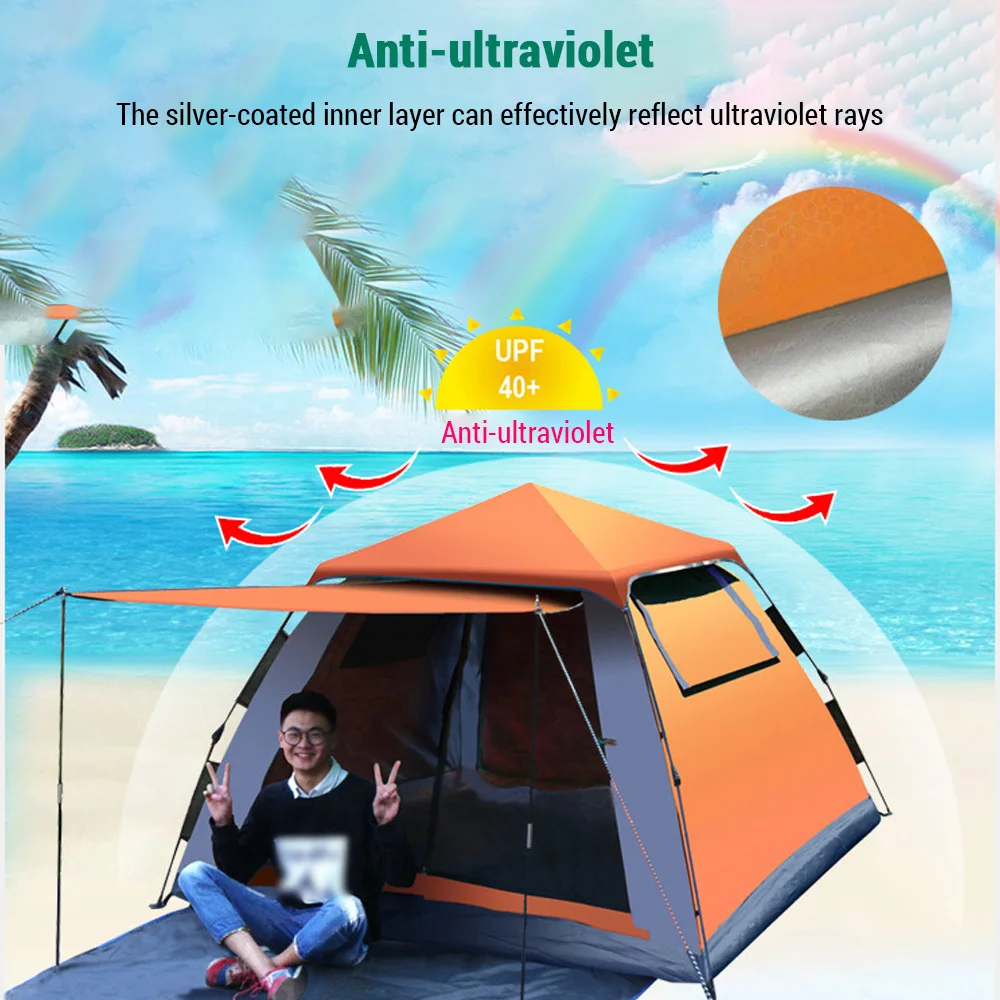
Waterproof Shelter Systems
Tent Waterproofing Considerations
Your tent is your home in the wilderness, and its waterproofing is paramount for comfortable sleep and recovery. The essential design elements of waterproof tents include:
- Complete rainfly coverage that extends to the ground
- Factory-taped seams at all stitch points and construction junctions
- Bathtub floor design that curves upward from the ground
- Adequate vestibule space for storing wet gear outside your sleeping area
- Strategic ventilation points to manage condensation
Tarp Setups for Weather Protection
Tarps offer versatile, lightweight protection for experienced backpackers:
- Multiple pitching configurations adapt to weather conditions and terrain
- Site selection becomes crucial—look for natural windbreaks and drainage patterns
- Material options include silicone-impregnated nylon (silnylon) or Dyneema composite
- Can be combined with bivy sacks or bug nets for complete protection
Bivvy Sacks and Minimalist Options
Bivvy sacks provide the most minimal waterproof shelter:
- Ideal for emergency use or ultralight missions
- Look for breathable waterproof fabrics to manage condensation
- Consider models with small poles that create face clearance
- Best used in areas with low precipitation probability or as backup protection
For difficult conditions where protection is paramount, top waterproof shelter picks can help guide your decision based on your specific needs and environment.
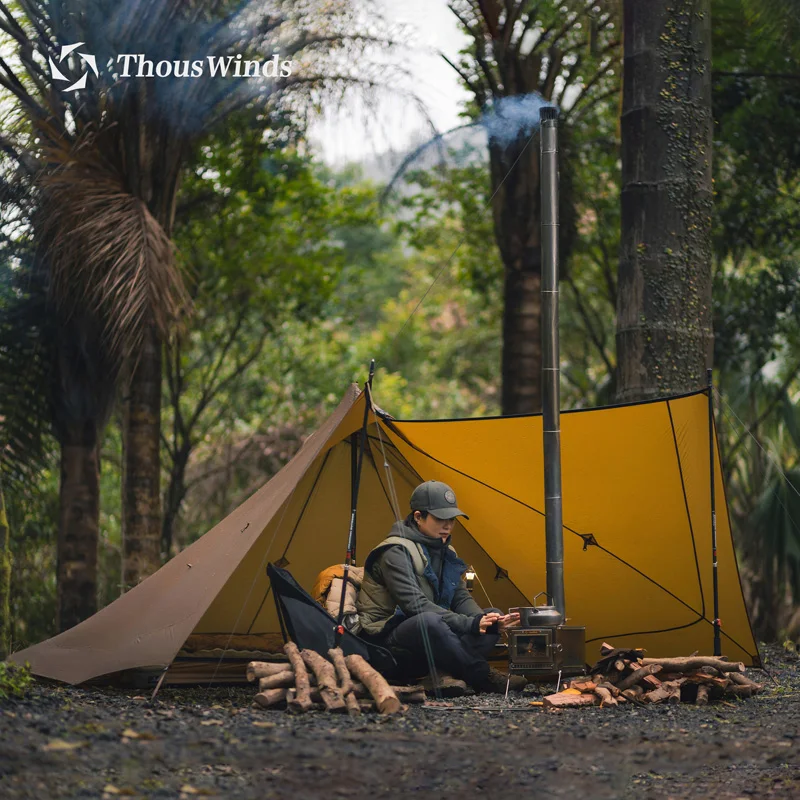
Protecting Electronics and Valuables
Waterproof Cases and Pouches
Modern backpackers often carry several electronic devices that require special protection:
- Look for cases with appropriate IP (Ingress Protection) ratings:
- IP67: Protected from dust and can withstand immersion up to 1 meter for 30 minutes
IP68: Dust-tight and protected against long periods of immersion under pressure
Consider operational access—can you use touchscreens or cameras without opening the case?
- Test before trusting by placing tissue paper inside and submerging in water
DIY Waterproofing Solutions
Budget-friendly alternatives can work for less critical items:
- Double-bagging technique: Place items in one ziplock bag, squeeze out air, then place inside another
- Use food storage containers with gasket seals for rigid protection
- Test homemade solutions in the sink or shower before relying on them in the field
- Consider the consequences of failure before choosing DIY over dedicated protection
For ultralight backpackers already minimizing weight with ultralight backpacking tents, these protection strategies help maintain that approach while ensuring gear stays functional.
Lightweight Backpacking Tent, Ultralight Backpacking Tent, Ultralight Bivy Tent
Ultralight Single Person Camping Tent with Aluminum Poles for 3-Season Backpacking Waterproof DesignPrice range: $94.88 through $326.82 Select options This product has multiple variants. The options may be chosen on the product pageLightweight Backpacking Tent, Ultralight Backpacking Tent, Waterproof Backpacking Tent
$391.05 Select options This product has multiple variants. The options may be chosen on the product pageHeavy Duty 4 Season Tent, Mountaineering Tent, Winter Camping Tent
$870.40 Select options This product has multiple variants. The options may be chosen on the product pageCompact Backpacking Tent, Lightweight Backpacking Tent, Waterproof Camping Tent
$335.52 Select options This product has multiple variants. The options may be chosen on the product pageUltralight Backpacking Tent, Ultralight Dome Tent, Winter Camping Tent
Price range: $369.63 through $370.07 Select options This product has multiple variants. The options may be chosen on the product pageCamping Tent with Vestibule, Waterproof Camping Tent
Price range: $407.89 through $479.48 Select options This product has multiple variants. The options may be chosen on the product page
Choosing Waterproof Gear for Your Specific Trip
Creating the ideal waterproofing strategy requires analyzing your specific trip needs:
- Regional Weather Patterns: Research historical precipitation for your destination during your travel dates
- Trip Duration: Longer trips generally justify better waterproofing as the chance of encountering rain increases
- Activity Intensity: Higher-exertion activities require more breathable waterproof materials
- Temperature Range: Cold-weather rain requires more robust protection than warm-weather precipitation
Your chosen activities will also dictate priorities. For example, photographers or those navigating with electronic devices need to prioritize electronics protection, while winter backpackers must focus on keeping insulating layers absolutely dry.
The selection of waterproof backpacking tents should similarly match your expected conditions, with margin for unexpected weather deterioration.
Care and Maintenance of Waterproof Equipment
Proper maintenance dramatically extends the life of expensive waterproof gear:
Clean regularly: Remove dirt and oils that compromise waterproofing
– Use technical cleaners specifically designed for waterproof fabrics
– Avoid fabric softeners and harsh detergentsRestore DWR: Reapply water-repellent treatments when water stops beading
– Spray-on products work for light touchups
– Wash-in treatments provide more comprehensive coverageProper storage: Never store wet or compressed
– Allow complete drying before storing
– Store in cool, dry place away from direct sunlight
The comprehensive waterproof gear care guide provides detailed instructions for different fabric types and treatments.
Investing in quality lightweight backpacking tents and other gear often means higher upfront costs, but proper maintenance ensures that investment pays off over many years of adventures.
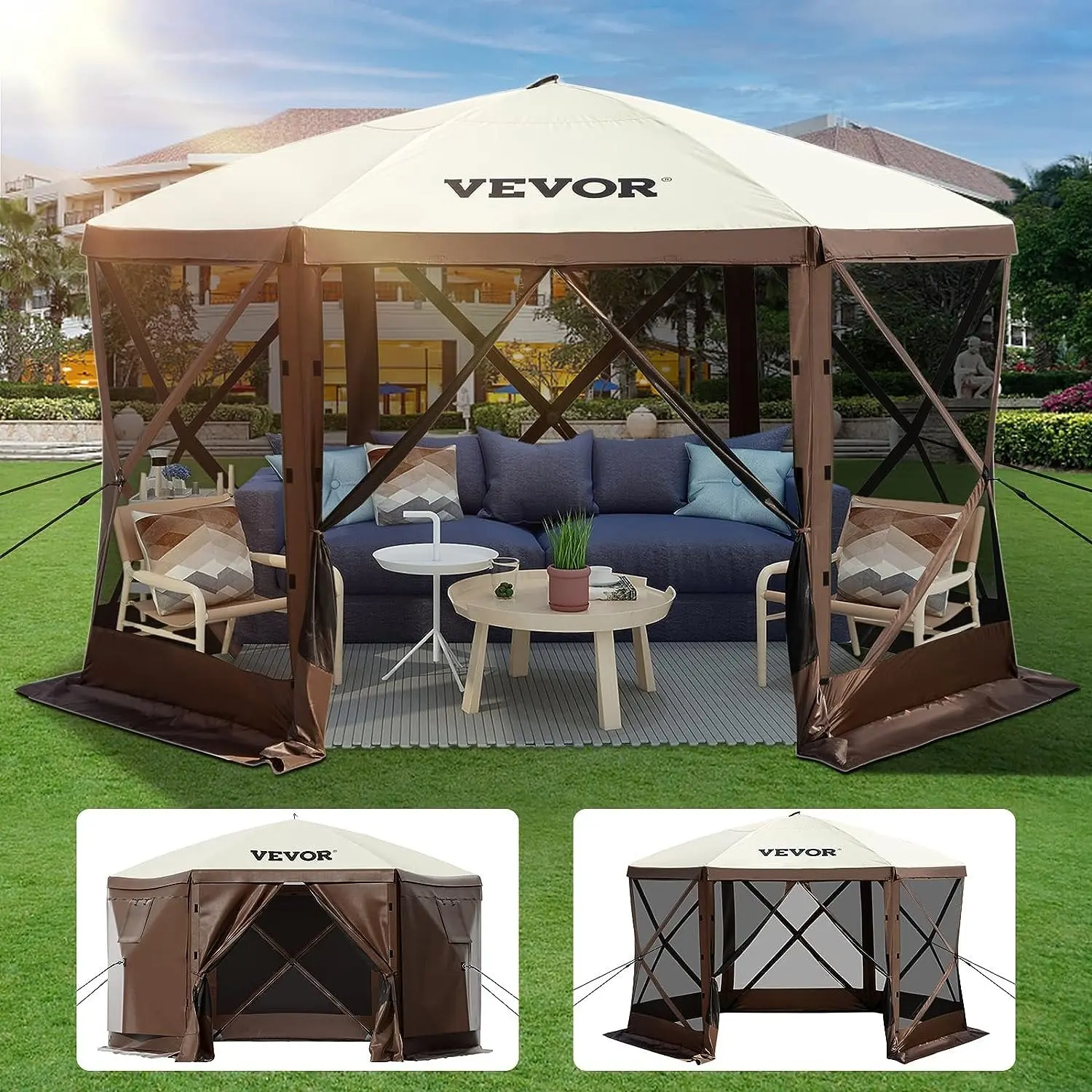
Emergency Waterproofing Techniques in the Backcountry
Even with the best preparation, gear can fail or weather can exceed expectations. When that happens, improvisation becomes essential:
- Use pack liners as emergency ponchos by cutting head and arm holes
- Create temporary seam sealing with duct tape or adhesive first aid tape
- Utilize natural features like rock overhangs, dense evergreen trees, or embankments
- Layer multiple marginally water-resistant items to create a more waterproof system
- Prioritize keeping insulating layers and sleeping gear dry above all else
In truly challenging conditions, adapting your travel schedule becomes part of your strategy—setting up camp early during breaks in the weather or hiking through lighter rain periods.
For those planning adventures in extreme conditions, exploring options like 4-season winter two-person tents provides an extra margin of safety against severe weather.
For extended trips where weight is less critical, waterproof camping tents from Explore Elements offer robust protection that can withstand sustained poor conditions.
Remember that staying dry isn’t just about comfort—it’s fundamentally about safety. By understanding and implementing these waterproofing strategies, you’ll enjoy more reliable, comfortable, and safe backpacking experiences regardless of what weather comes your way.

